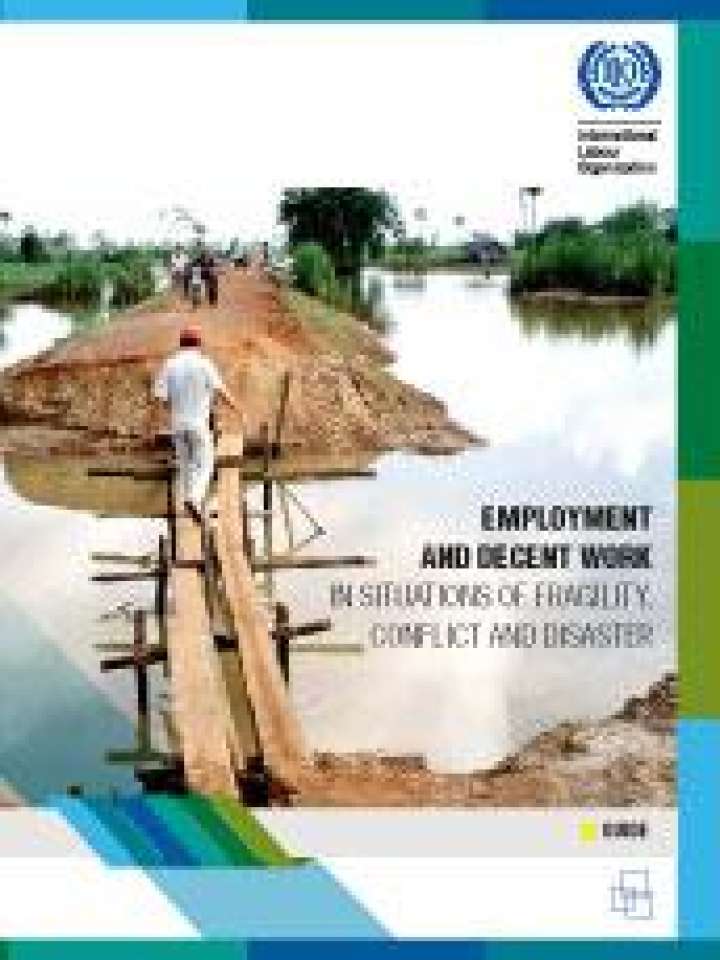Employment and decent work in situations of fragility, conflict and disaster
This Guide was developed to support the implementation of the Decent Work Agenda in fragile, conflict and disaster contexts in response to numerous requests from ILO officials and constituents that wished to be better informed about ILO’s capacity, added value and potential involvement.
The Guide introduces key concepts characterizing situations of fragility, conflict and disaster. It provides practical instructions and ILO multidisciplinary approaches to recover, create and protect Decent Work opportunities in situations of fragility, conflict and disaster.
In conflict and disaster´s aftermath, crisis can be seen as an entry point for the ILO to further and proactively engage with a country. However, there can be a tendency to view “normality” and “crisis” as opposites, to which the appropriate responses are either small-scale development or large-scale humanitarian intervention. This on/off view masks the reality that many people in fragile settings live perpetually close to the edge of crisis, and that small deviations from the norm may tip them over the edge. Early intervention to stop people’s livelihoods collapsing can in principle prevent escalation to a full-blown crisis. From the perspective of the world of work, the issue is about understanding the impact of fragility on labour markets and governance, but also how ILO´s interventions may support the ability of labour market actors to prevent and mitigate the impact of adverse shocks on employment and decent work as well as recover and provide new opportunities to reduce fragility in return.
The Guide is based on practical experience and good practices from ILO interventions in situations of fragility, conflict and disaster since ILO´s creation in the aftermath of WWI. It helps understand what the ILO can offer in these contexts and provides guidance for engaging in country-level response. It includes a wide array of case studies and figures to illustrate ILO’s past experiences, as well as tips and checklists. Particular attention has been given to mainstreaming gender throughout the document. It includes practical tools, manuals, reports, evaluations etc. providing examples and more in-depth information on a specific topic.
Target audience: The Guide is for all ILO staff and constituents and for ILO’s partners involved in planning, programming, supporting and implementing ILO responses. It will help them better understand the role the office and the organization can play in situations of fragility, conflict and disaster.
Explore further
